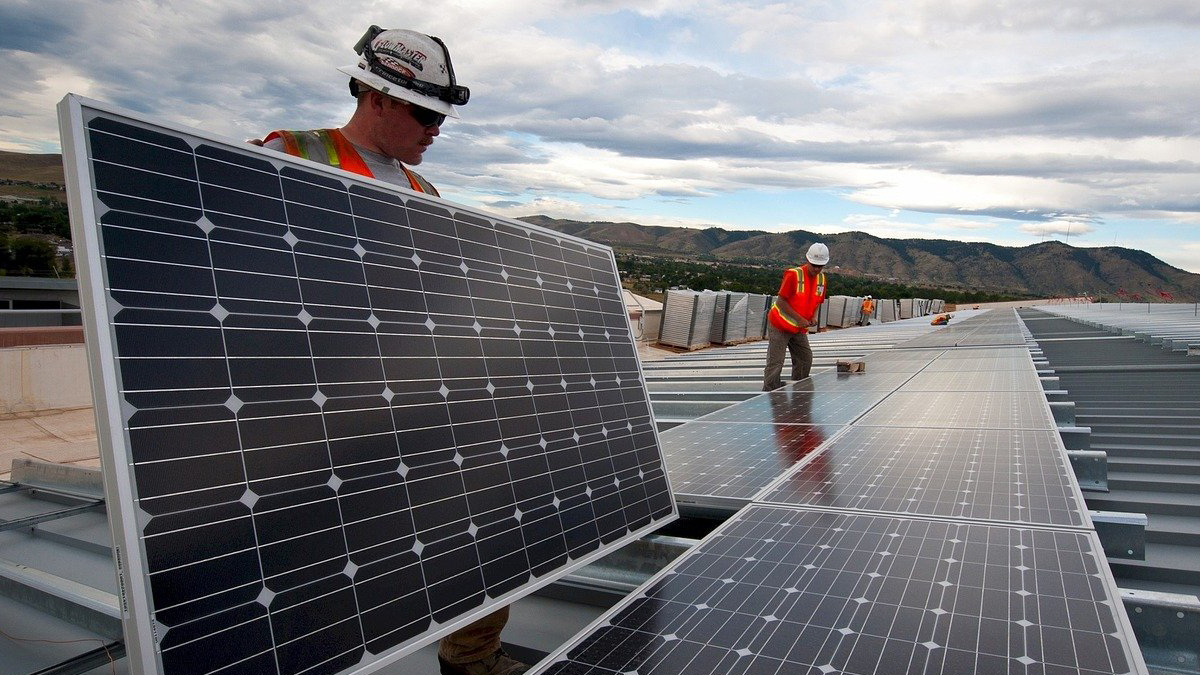The solar industry has been touted as the key to the nation's green energy future and an environmental-friendly energy source, but a new report by an energy research organization and an expert see a different future regarding solar panel waste and the potential for higher electricity costs, including for Texans.
The Institute for Energy Research report showed that solar panels, which are mainly constructed from glass and also contain hazardous heavy metals including lead and cadmium, have low value as recyclable materials. In addition, government regulations that pertain to hazardous waste, and the high costs relating to recycling, will mean that most solar panels end up in landfills.
“Solar panels have finite lifespans, are difficult and expensive to recycle, and are being decommissioned in increasingly large numbers, driven by tax policies and efficiency gains that encourage it," the institute argued in a recent statement. "The United States does not have a PV recycling program and the majority of used solar panels end up in landfills. It is not clear who will pay for the cleanup costs, which will be an issue before regulators shortly. Consumers need to realize that these costs are not included in the cost of solar generation currently and will eventually raise electricity prices for solar units and the cost of electricity to the system.”
Dan Kish, a distinguished senior fellow at the Institute for Energy Research, told Houston Daily that the current growth level of toxic waste from solar panels is concerning, including in Texas.
Kish said it is concerning, "especially if there are no programs in place to incorporate the costs of recycling into the cost of solar."
He added, "Because there are plans to add sizable amounts of solar into Texas, ratepayers should be aware that the Harvard Business Review estimates that incorporating the costs of waste into solar could result in electricity costs four times higher than currently estimated."
Another energy group also projected huge amounts of waste associated with solar power.
The International Renewable Energy Agency official projections are that “large amounts of annual waste are anticipated by the early 2030s.” In addition IRENA projects that 78 million metric tons of waste could be amassed by the year 2050, given that the life cycle of a solar panel is less than 30 years.
Kish also discussed if waste from solar panels is more concerning than nuclear waste.
"The sheer volume of waste, and the lack of a recycling plan, means they are likely to present a significant problem for landfills, since it is much cheaper to dispose of them than to recycle them," he said. "Nuclear waste already has a nuclear waste program funded by consumers of energy, although politics has stopped the repository at Yucca Mountain, Nevada, from being developed. Nuclear waste is highly regulated as is the entire nuclear process. Solar panels, the vast majority of which come from China, are largely unregulated."
Forbes recently reported on solar panel waste and said the panels produce 300 times more toxic waste than high-level waste from nuclear power plants. The business news outlet also reported that solar panels being shipped to sub-Saharan landfills instead of safely away from the public, bring a dangerous condition to developing nations.
Another study by the Harvard Business Review found waste produced by solar power industry will make solar power much more expensive than initially projected. The HBR study found solar energy will be four times more expensive.
"By 2035, discarded panels would outweigh new units sold by 2.56 times,” the study noted. “If early replacements occur as predicted by our statistical model,” solar panels “can produce 50 times more waste in just four years than IRENA anticipates.”
It costs up to 30 times more to recycle solar panels than it does to send them to a landfill, according to Forbes. The toxic substances from the panels are even more toxic than the waste from laptops, iPhones and other smart devices combined, the business news magazine said. In addition, the lifespan of solar panels can be below 20 years in high-temperature climates, another report found.
According to Forbes, it costs 10 to 30 times more to recycle solar panels than to dump them in a landfill.
Kish concurred with the cost to recycle solar panels, and indicated it is much less expensive to send them to a landfill.
"According to the National Renewable Energy Lab, it costs $20 to $30 to recycle a solar panel while it costs $1 to $2 to send it to a landfill," Kish said.
Regarding alternatives, Kish said, "The Hippocratic oath states 'First, do no harm.' Knowingly rushing into an energy source that is inherently intermittent, largely foreign-made and potentially liable to cost four times more than current estimates should not be done if Texans are to be spared rapidly escalating utility bills, growing waste problems and increasing dependence on foreign sources for our energy. Utilities and investors may like it, but Texans dependent on affordable and reliable energy will probably not."
Texas companies spent approximately $66 billion on wind and solar power prior to the costly February 2020 blackouts, Real Clear Energy reported. Renewable energy companies in the state were only able to fund their projects as "the wind and solar sectors collected about $21.7 billion in local, state and federal subsidies and incentives.”
Taxpayer dollars allowed state wind and solar companies to receive a 32.9% discount on their purchases, compared to the rest of the market. That equated to taxpayers funding 33 cents of every dollar spent, according to Real Clear Energy.

